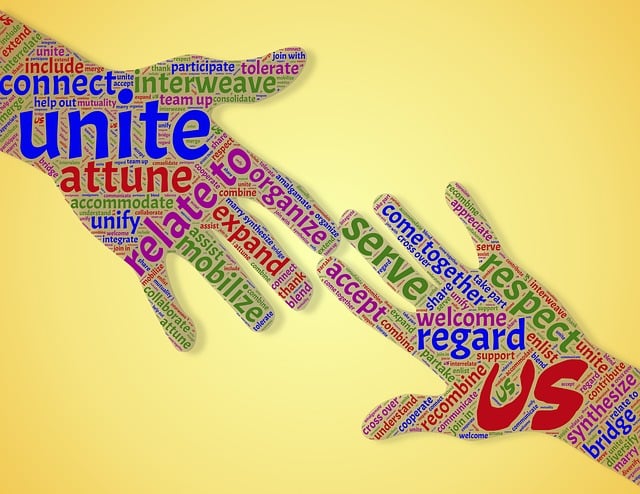Oregon's child welfare system relies on specialized legal experts who navigate a complex framework to protect and support vulnerable children and families. These professionals partner with agencies, utilizing their expertise in interpreting laws and advocating for clients' rights to create comprehensive plans aligned with state standards. Effective partnerships between attorneys, caseworkers, and social workers foster open communication, resource optimization, and improved decision-making, ultimately enhancing outcomes for at-risk youth and contributing to Oregon's commitment to a robust safety net.
In Oregon, navigating the complex child welfare system requires a strategic partnership between legal experts and agencies. This article explores effective collaboration strategies for attorneys specializing in child welfare law and local agencies, focusing on improved case outcomes. We delve into understanding Oregon’s unique legal framework and highlight best practices for building strong relationships. By fostering collaborative efforts, these partnerships can ensure the best interests of children are at the forefront of every decision, ultimately strengthening Oregon’s child welfare system.
- Understanding Oregon's Child Welfare System and Legal Framework
- Strategies for Effective Partnership Between Attorneys and Child Welfare Agencies
- Building Strong Relationships: Collaboration for Optimized Case Outcomes
Understanding Oregon's Child Welfare System and Legal Framework

Oregon’s child welfare system is a complex web of state laws, regulations, and policies designed to protect and support vulnerable children and families. At the heart of this system are dedicated child welfare legal experts who navigate this landscape to ensure justice and positive outcomes for young people in need. Understanding this framework is crucial for any attorney looking to partner with or provide services to Oregon’s child welfare agencies.
The state’s legal framework emphasizes the best interests of the child, focusing on safety, permanency, and well-being. Child welfare laws cover various aspects, including removal of children from their homes, placement in foster care, adoption procedures, and the rights of both children and parents. Legal experts in this field must be adept at interpreting these laws, advocating for clients’ rights, and collaborating with caseworkers to develop comprehensive plans that align with Oregon’s child welfare standards.
Strategies for Effective Partnership Between Attorneys and Child Welfare Agencies

Building strong partnerships between attorneys specializing in child welfare and local agencies is paramount for effective case management and positive outcomes for vulnerable children. These collaborations ensure a coordinated approach, where legal experts can provide specialized knowledge while agency professionals offer deep insights into the unique challenges faced by at-risk youth and their families.
By fostering open communication channels, regular case reviews, and joint strategic planning, attorneys and child welfare agencies can seamlessly navigate complex cases. This partnership model enables efficient resource allocation, improves decision-making processes, and ultimately contributes to better outcomes for children in need. Such collaboration is key to creating a robust safety net and nurturing a brighter future for Oregon’s youth.
Building Strong Relationships: Collaboration for Optimized Case Outcomes

Building strong relationships is a cornerstone strategy for Oregon child welfare attorneys and their partnerships. Effective collaboration between legal experts, caseworkers, social workers, and other professionals ensures a holistic approach to each case. By fostering open communication channels, sharing relevant information, and leveraging diverse skill sets, this partnership optimizes case outcomes for the best interest of the child.
This harmonious working environment allows child welfare legal experts to navigate complex cases more efficiently. It also strengthens the overall support system for vulnerable children and families, promoting positive outcomes in challenging circumstances. Such partnerships are vital in ensuring that every aspect of a case is considered, from legal representation to emotional well-being, leading to more successful resolutions.






